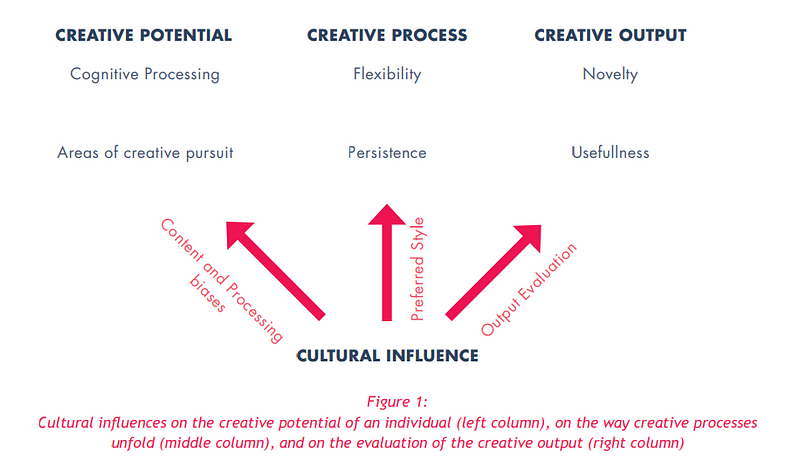The pandemic experience is an opportunity to create a story to tell future generations.

A look at storytelling and leadership, here is a summary.
Key Points
- Story bias helps us organise, filter and remember information.
- Storytelling is critical to successful leadership — this is especially true during disruptive change.
- Teleological explanation helps us to understand what we are trying to become.
- The pandemic experience gives us an opportunity to create a story to tell future generations.
- Read more articles on leadership.
Narrative Bias
We rely on the story bias. It helps us process our experiences into manageable chunks. This cognitive bias is our tendency to assimilate experiences and information into a coherent narrative or story pattern.
We filter the masses of data we encounter. This pattern recognition lets us jettison the information that does not fit into our story view.
There is a downside. Although experiences are more memorable, we might force information into a preset mould and disregard new insights we need to pay attention to.
Nassim Nicholas Taleb illustrates how stories are more memorable when they offer layers of meaning. Compare the following statements:
“The king died and the queen died.”
“The king died, and then the queen died of grief.”
This exercise, presented by the novelist E. M. Forster, shows the distinction between mere succession of information and a plot. But notice the hitch here: although we added information to the second statement, we effectively reduced the dimension of the total. The second sentence is, in a way, much lighter to carry and easier to remember; we now have one single piece of information in place of two. As we can remember it with less effort, we can also sell it to others, that is, market it better as a packaged idea.
The second example is more memorable because the chunks of data become tied together with the story and a layer of meaning.
Lead With Stories
Peter Senge explains that leaders add new layers of meaning when they focus on the ‘purpose story’ — why do we exist, and where are we heading?
[stories] provide what philosophy calls a “teleological explanation” (from the Greek telos, meaning “end” or “purpose”) — an understanding of what we are trying to become.
Purposeful narrative, coupled with system strategy, creates a sense of continuity and identity not achievable in any other way.
Activating purpose is impossible without storytelling ~ John Coleman
Use stories to help people reflect, learn and understand the forces of change within our education systems.
Leaders in learning organizations have the ability to conceptualize their strategic insights so that they become public knowledge, open to challenge and further improvement.
We also have to figure out ways to share stories across time and create artefacts that guide future generations.
Cautionary Tales
In issue #172 of my weekly email, we looked at how tsunami stones represented the catastrophic stories of the past. Dotted throughout the landscape of coastal communities are large stone tablets, some as tall as 10 feet, that date back to the 1890s. Carved into these are the stories of past tsunamis.

Some feature warnings to seek higher ground in the wake of an earthquake. Others give death tolls or mark mass graves. A few denote place names with clear messages, like Nokoriya (Valley of Survivors) and Namiwake (Wave’s Edge).
These monuments saved lives in more recent events and act as a storied artefact and cautionary tale across generations.
I challenged readers of issue 172 to reflect on the story you might tell of our current times.
What will be your community’s story of the pandemic? Will it be of the virus? Or our struggle with isolation and remoteness? Or will your community story be about compassion, empathy, generosity, resilience, innovation and relationships?
Your Talking Points
- What stories filter your experience?
- Years from now, how will our storytelling be instructive, purposeful and add value?
- How will it be pointed reminders of our collective commitment to a set of values that can resist a global pandemic?
This is a snippet of my Dialogic Learning Weekly. ⚡A weekly email designed to build your cognitive toolkit and enhance your practice. It saves you time and provokes your thinking.
Exactly the nourishment I need on a weekly basis.
⚡️ Subscribe now and get started this week.





